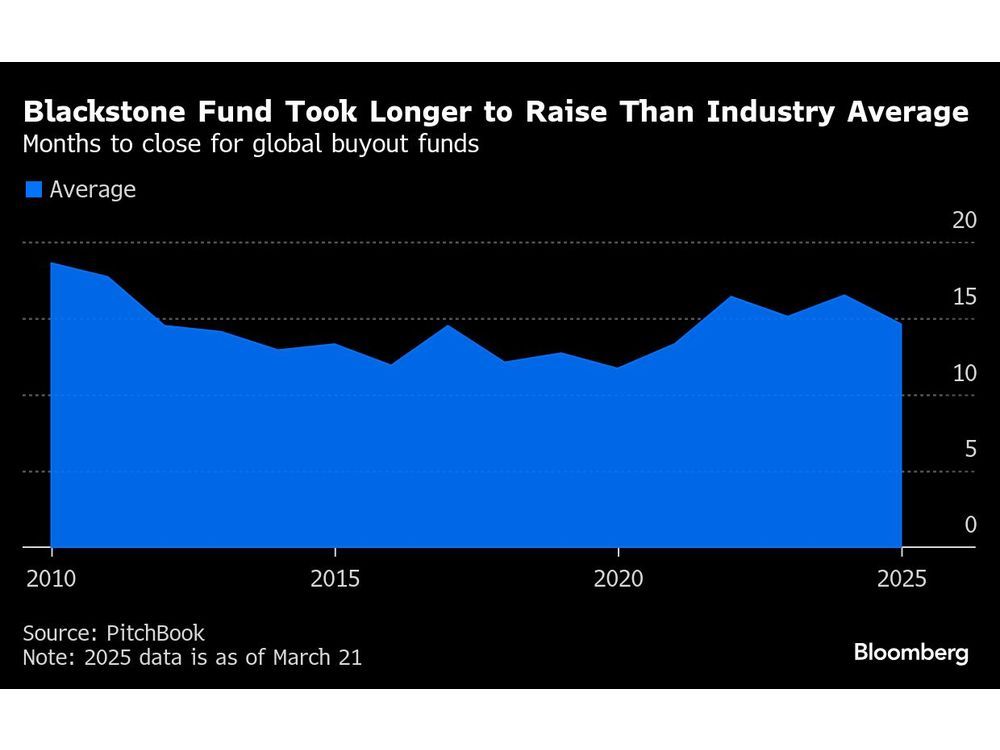Markup is an important aspect of running a business as it is the difference between the selling price of a good or service and the cost of producing it. Without markup, businesses would not be able to make a profit and would eventually go out of business. Every business that deals with physical goods have to contend with markup.
Definition of Markup
Markup refers to the difference between the selling price of a good or service and the cost of producing it. In simple words, markup is the amount of money that a business adds to the cost of its goods or services to make a profit.
It’s an important metric to understand for businesses because it can have a big impact on profitability. With that being said, there’s no magic number for what an ideal markup percentage is. The right markup depends on several factors, including the industry, the type of goods or services being offered, and the overall economic climate.
The formula of a markup
Calculating markup is straightforward
Markup percentage = {(Sales price – Unit cost) / Unit cost} x 100
Sales price: The sales price is the amount of money that a customer pays for a good or service.
Unit cost: The unit cost is the cost of producing one unit of a good or service. This includes the direct costs of materials and labor, as well as any overhead costs that are necessary to produce the good or service.
Examples of markup
Let’s say that the cost of a product is $20 and it is sold at $30. So according to the formula, the markup percentage would be:
Markup percentage = {($30 – $20) / $20} x 100 = 50%
This means that for every dollar that it costs to produce the product, the company is marking it up by an additional 50 cents. So if the company wanted to make a profit of $10 on the product, it would need to sell it for $40.
Markup vs. Gross Margin
Gross margin is the difference between revenue and the cost of goods sold also known as COGS. It’s a measure of a company’s profitability, and it’s calculated by subtracting COGS from revenue and dividing the result by revenue.
For example, let’s say that a company has revenue of $100 and COGS of $80. The gross margin would be:
Gross margin = ($100 – $80) / $100 = 20%
Markup and gross margin are often confused, but they’re quite different. Markup is the difference between the selling price and the cost of production, while gross margin is the difference between revenue and COGS.
The key difference is that markup only considers the cost of production, while gross margin also takes into account other expenses, such as marketing, overhead, and administrative costs.
Markup is important to understand because it’s a direct measure of how much profit a business is making on the goods or services that it sells. Gross margin is also important, but it’s a more holistic measure of profitability.
Conclusion
Understanding markup can be helpful for businesses of all sizes. It’s a simple way to measure how much profit a business is making on the goods or services that it sells. And while there’s no magic number for what an ideal markup percentage is, knowing the basics of how markup works can give you a better understanding of your business’s profitability.
Further questions
What's your question? Ask it in the discussion forum
Have an answer to the questions below? Post it here or in the forum

